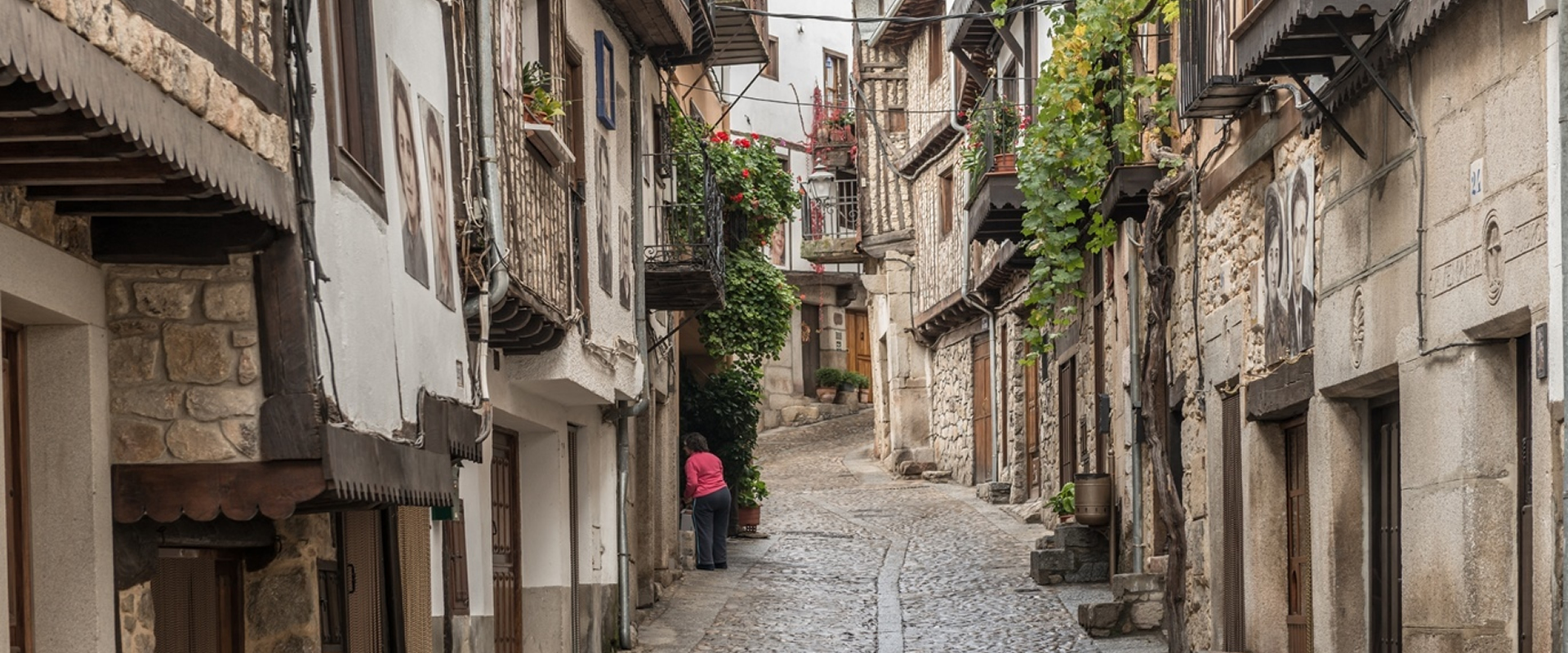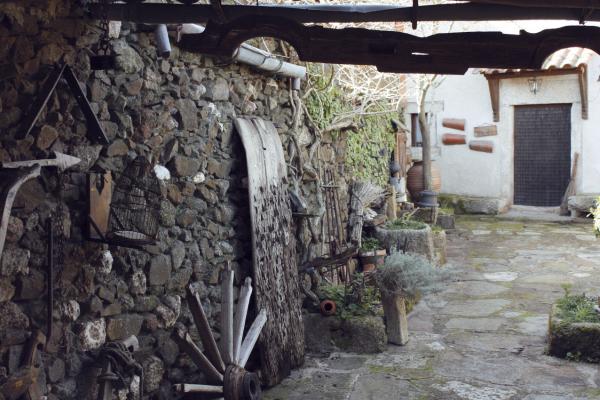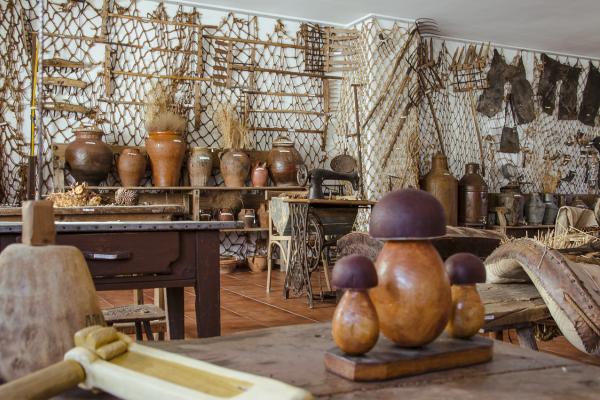Craftsmanship and rural life
The province of Salamanca treasures ancestral trades and traditions that have given rise to beautiful pieces of craftwork.
Metalsmiths and jewellers use precious metals to master the interlacing of the renowned Salamancan filigree in the provincial capital city of Salamanca, as well as in other municipalities all through the province, such as Ciudad Rodrigo, Mogarraz, San Martín del Castañar or Tamames. Crafted stonemasons, successors of those who helped decorate temples and palaces in the past, now work on sandstone in Villamayor as well as on granite in Sorihuela and Los Santos.
The humble clay in Alba de Tormes, Cespedosa or El Bodón is then transformed by potters and ceramists in domestic utensils and real works of art that anyone can afford nowadays. Villoruela then becomes the focus of wicker production, while La Alberca and Mogarraz carefully work the wood, and Montemayor del Río masters chestnut basketmaking.
Cotton and wool furnish the sewing craftsmanship of El Bodón and Morasverdes, allowing for the manufacturing of flashy embroidery in Sierra de Francia mountains. Livestock vocation in the province fosters the existence of expert leather workers and shoemakers in Macotera, Salamanca, Villavieja de Yeltes, Ciudad Rodrigo, Béjar and Mogarraz.
All of these are examples of the master artisans’ good deeds, whose labour enriches the culture and originality of this land.
Ethnological museum in Puerto Seguro
The ethnological museum of Puerto Seguro is a particular initiative open to both the locals and the travellers.
-
"Eloy Rodero" ethnographic museum in El Campo de Peñaranda
The town hall of El Campo de Peñaranda has promoted this small museum, which hosts Eloy Rodero Lozano's lifetime of work and dedication. Collectionist and craftsman, Mr Eloy gathered many objects of peasant life and work, mainly farming tools, and enriched it all with his own woodwork.
Casa Chacinera Museum
This especial ethnographic museum is located in an old pig-meat industry house from the early 20th century. It is focused on the main economical activity of the village, the pig-meat industry, which made the place famous in the 18th and 19th centuries.
-
Traditional culture and hunt ethnographic museum in Monsagro
Monsagro hidden village treasures valuable surprises: its spectacular landscape, its marine fossil wealth decorating the façades of its houses, and the ethnographic site of Las Eras, unique in the region.
-
"El Molino Harinero” (The Flour Mill) ethnographic museum in Horcajo de Montemayor
In this museum, visitors will be able to learn how mills work, regardless of whether the river brings water or not, for they are equipped with an engine that helps cope during droughts.
"Ramos Andrade" ethnographic museum in Navasfrías
Between Portugal and Extremadura, Navasfrías is the most open window in El Rebollar region. Its ethnographic museum reflects the relations between the Extremaduran and the Portuguese, as well as the daily life of our closest ancestors.





